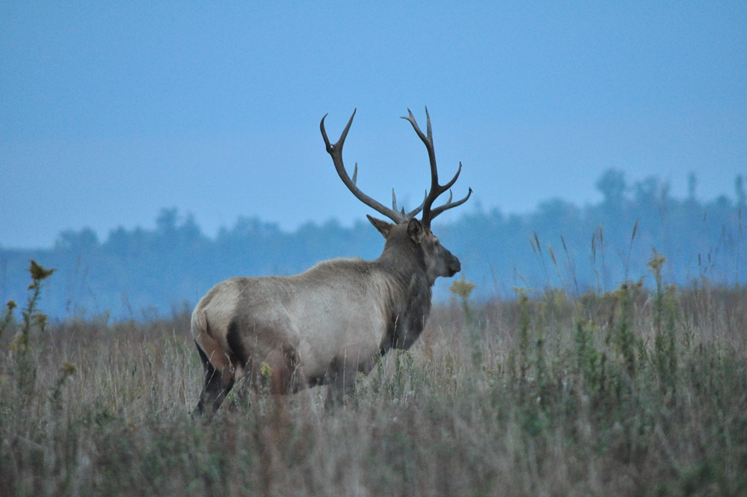Follow-Up Shots
The majority of individuals that get drawn for the elk hunt are experienced deer hunters. When the triggered is pulled, a deer will either drop to the ground or run in the opposite direction.
Elk should not be thought of as, “Oh, it’s just a larger deer.” Elk behave differently when they are shot at than a deer. With an elk, it takes time for the elk to realize that it has been hit. After a shot with an elk still standing, it may or may not raise its head, take a step or flinch. This causes an immediate panicked thought of, “oh no, I have missed.” A hunter should NOT immediately think that they missed. It's not guaranteed like a deer that an elk will flinch, jump or hunch up. They will walk off even if they have been hit through both lungs. Take another shot at the SAME elk that has been already hit. Generally, when shooting a bull, this is no big deal; the hunter simply shoots again. However, when shooting at cows in a herd, hunters sometimes lose track of their original cow and shoot another one. This is one of the biggest problems and inadvertent violations during elk season. Remember to put forth the best effort and pursue the elk you shot, even if it takes 2 or 3 more shots. Do not shoot at a second elk.
This shot offers another ideal shot-placement opportunity for hunters. The angle of the elk away from you will affect your shot placement for the proper entry and exit holes.
 Image Source: Gabe Jenkins
Image Source: Gabe Jenkins